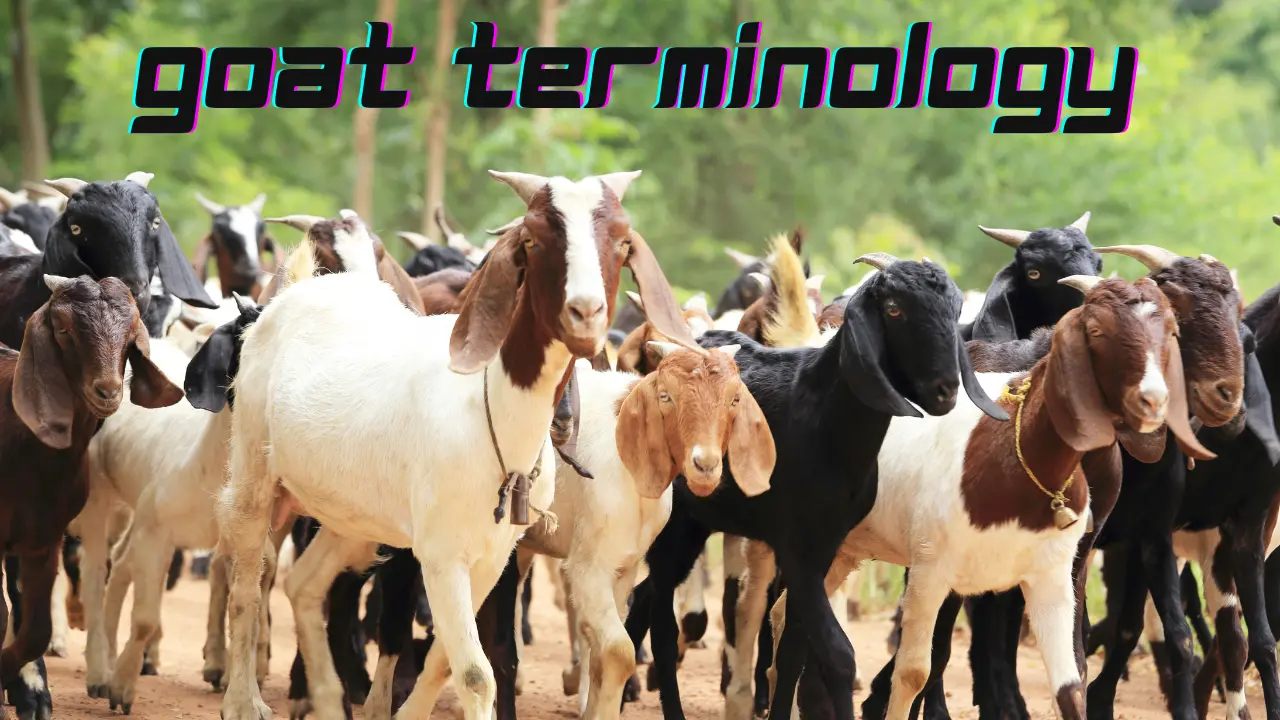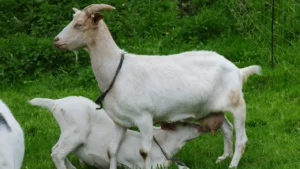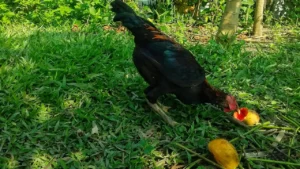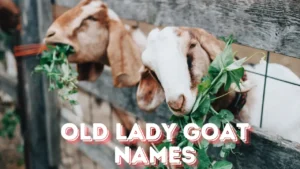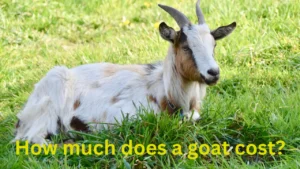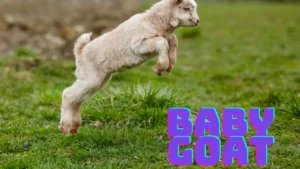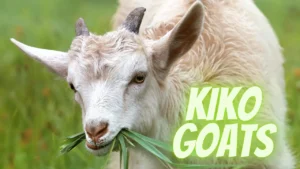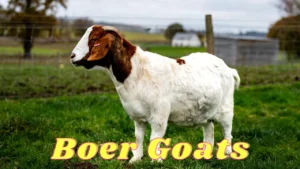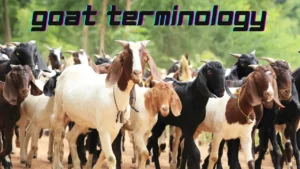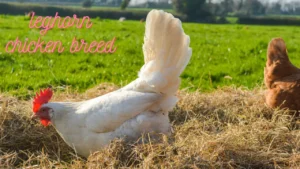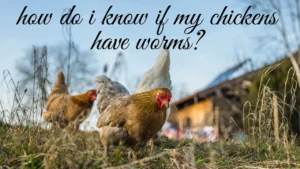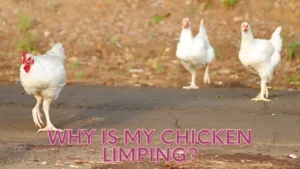If you’re getting started with raising goats, it’s important to have a basic understanding of goat terminology. This guide will help you navigate the world of goats by explaining key terms like kid goat for young goats, nanny goat or doe goat for adult females and buck goat for adult males. You’ll also learn about wether goats which are castrated males and the different genders and age groups. Whether you’re a beginner goat owner or just curious about these fascinating animals understanding the terminology will help you feel more confident in your goat-raising journey.
The Importance of Understanding Goat Terminology
When you own goats or are considering adding them to your farm having a solid grasp of proper terminology is essential. Knowing the gender and age of your goats along with terms like doe (female goat), buck (male goat) and wether (castrated male), will help you make informed choices for breeding milk production and companionship. It also ensures you understand age-related terms like kid (young goat) and yearling (a goat between one and two years old), allowing you to assess their developmental stage and future potential.
Understanding these terms prevents misunderstanding and challenges when acquiring goats, ensuring you select the right animals suited for your intended purpose. Whether you’re raising goats for their milk, breeding or as companions, it’s crucial to familiarize yourself with the terminology to meet their care requirements and provide proper care and attention. This knowledge will help you manage your goats effectively whether on a small farm a home, or as part of a business.
Goat’s Scientific Classification
The scientific name of the domesticated goat is Capra aegargus hircus. Goats fall under the taxonomic classification of the following categories:
- Kingdom: Animalia
- Phylum: Chordata
- Class: Mamalia
- Order: Bovidae
- Genus: Capra
- Species: Aegagrus, Hircus
What Is a Group of Goats Called?
A group of goats is commonly called a herd. Goats being prey animals are naturally meant to live together in a herd, where there is often a hierarchy among them. This is true whether they are in the wild, on a farm or in a domestic setting. Sometimes you might also hear goats referred to as a trip or flock though these terms are less common. Having a wether in the herd can also bring added benefits to the group.
What Does “Kid Goat” Mean?
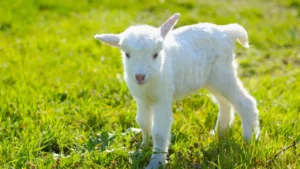
A kid goat refers to baby goats that are under 6 months of age. The term “kid” is used for young goats, and they are often weaned from their mothers at around 8 to 12 weeks after which they begin eating solid food. Similar to how we refer to young cattle as calves or young sheep as lambs kid is the term used for baby goats.
In terms of gender, a male kid goat is often called a buckling while a female kid goat is known as a doeling. These little ones are known for their playful and energetic behavior as they grow and develop. However, kids are also susceptible to diseases like coccidiosis due to their developing immune systems, so it’s essential to protect them and manage their health carefully to ensure they thrive within the herd.
Breeding goats
Breeding goats are important livestock kept on a farm or ranch for the purpose of producing more goats. Typically, farms have more female breeding goats than male breeding goats, as they are needed to breed and produce offspring. These goats often stay on the farm longterm to support the herd and meet the demand for more goats.
What Do You Call a Female Goat?
A female goat is commonly known as a doe, which is the widely used and preferred terminology. However, a nanny goat is a slang term often used though less formal. A young female goat is called a doeling until she matures. The term goat dam is used to refer to the female goat parent when discussing genetic lineage.
Male Goats
An intact male goat is often referred to as a buck or billy goat in slang terms. Bucklings are young male goats, while an adult male goat is called a sire, especially when discussing genetic lineage. Wether goats are castrated or neutered males, typically chosen for their docile temperament and ability to be raised as companion animals or for meat.
Uncastrated males tend to be more aggressive and territorial. Generally, male goats can live between 15 to 18 years and are integral to maintaining a healthy herd. Castration can reduce secondary sexual characteristics, making them easier to manage and raise in the herd.
What Do You Call a Young Female Goat?
A young female goat under one year of age that has not yet given birth is called a doeling goat. This term distinguishes female kids from male kids, or bucklings. Doelings are typically in their early stages of development, smaller, and less developed compared to adult female goats like does or nanny goats.
You can identify a doeling by observing its genital area, where a vulva indicates a female. Doelings are also known for their playful and youthful behavior making them very energetic and fun to watch as they grow into mature goats.
What Do You Call a Young Male Goat?

A young male goat, typically under one year of age is called a buckling. As they grow, bucklings develop into bucks or billies, the terms for adult males. Before reaching sexual maturity, bucklings will show signs of physical characteristics like larger horns (in horned breeds) and a muscular build.
They are usually energetic, playful and exhibit the youthful age typical of young male goats. If a buckling is castrated, it becomes a wether instead. Many people buy bucklings for breeding purposes offering flexibility to those looking to grow their farm.
What Do You Call a Goat Between 1 to 2 Years Old?
A goat between 1 to 2 years of age is called a yearling. At this stage they are transitioning from their juvenile phase to full maturity. They are more developed than kids but still show some youthful characteristics.
For female yearlings, this might be the time they are bred if they are the right size and have reached the necessary maturity. As they continue to grow their physical traits and behaviors start to resemble those of adult goats.
What is a Nanny Goat?
A nanny goat, also called a doe goat, is an adult female goat that has reached her full size and reproductive capability. These mature females are often valued for their ability to produce milk, meat or fiber depending on the breed.
Nanny goats are more developed and experienced compared to young female goats or doelings. They play a vital role in the herd, as they often care for their kids (offspring) and are essential to the management of the goat herd.
What is a Billy Goat?
A billy goat is another term for an adult male goat. It’s used to describe mature males, distinguishing them from younger males or bucklings. Billy goats are typically recognized for their larger size, robust physical features and pronounced horns which can vary depending on the breed.
They play a key role in breeding and are often valued for their meat, milk or fiber. The term billy is commonly used in many regions but buck is also used interchangeably.
Doe vs. Buck: What’s the Difference?
The main difference between a doe and a buck lies in their gender and their roles within the herd. A doe is an adult female goat known for her reproductive role milking ability and docile nature. In contrast, a buck is an adult male goat often characterized by his larger size pronounced horns and sometimes aggressive behavior.
Bucks are usually kept for breeding purposes while does focus on nurturing offspring and milk production. Both play vital roles in a goat herd with bucks contributing to reproduction and may also be valued for their meat or fiber.
Goat Terminology: Frequently Asked Questions
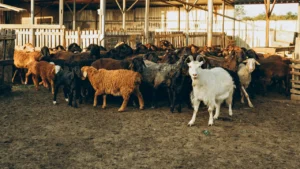
1. What is the difference between a doe and a nanny goat?
A doe is an adult female goat while a nanny goat is a traditional term used for the same. Both refer to mature females in the herd.
2. What is a buckling goat?
A buckling is a young male goat, typically under one year old. Once it matures, it’s referred to as a buck.
3. What is the term for a female goat under one year old?
A female goat under one year is called a doeling. This term distinguishes young females from bucks and bucklings.
4. What does “wetting” a goat mean?
When a male goat is castrated, it’s called a wether. It is a neutered goat that can be used for meat, fiber, or as a companion animal.
5. Can a goat be both a buck and a billy?
Yes, a billy is a slang term for a buck both referring to an adult male goat. The terms are used interchangeably in various regions.
Final Thoughts
Understanding goat terminology is essential, whether you’re buying, selling or raising these animals. Each age group has unique characteristics that help in determining the ability of a goat to breed or its gender. When managing a herd knowing these terms helps avoid complications especially when a doe carrying a healthy pregnancy needs extra care.
The size of your herd matters, and sometimes, you may be not looking to expand, making it important to evaluate the benefits of keeping a male goat for other purposes. These factors help ensure smooth breeding practices while maintaining the right balance within the herd. Every goat keeper must stay informed and use the right content to make educated decisions that support the well-being of their animals.
